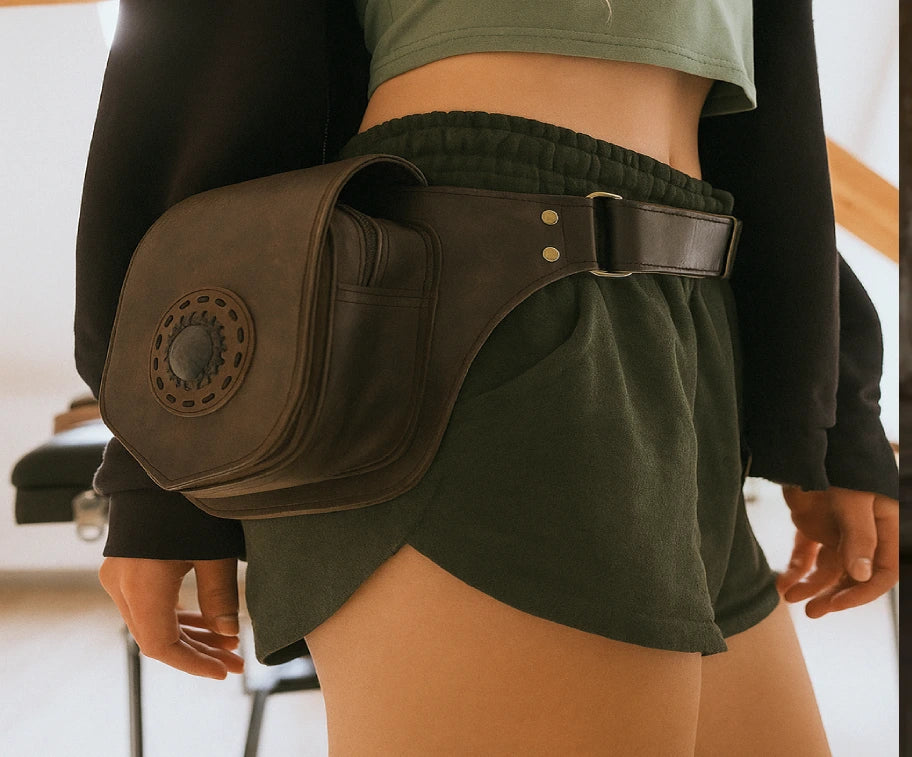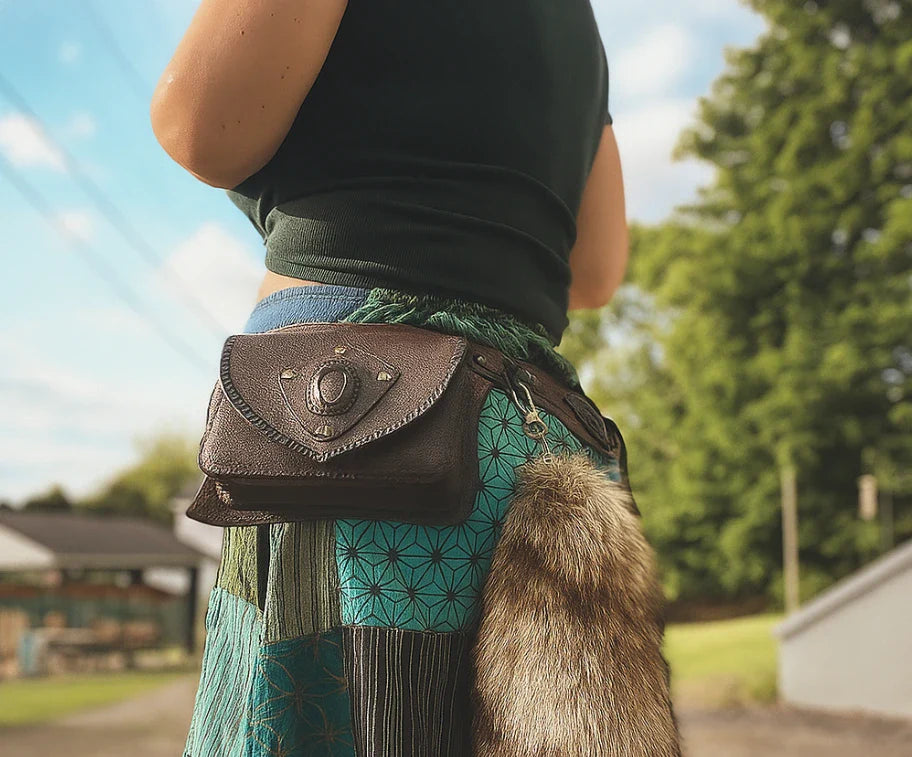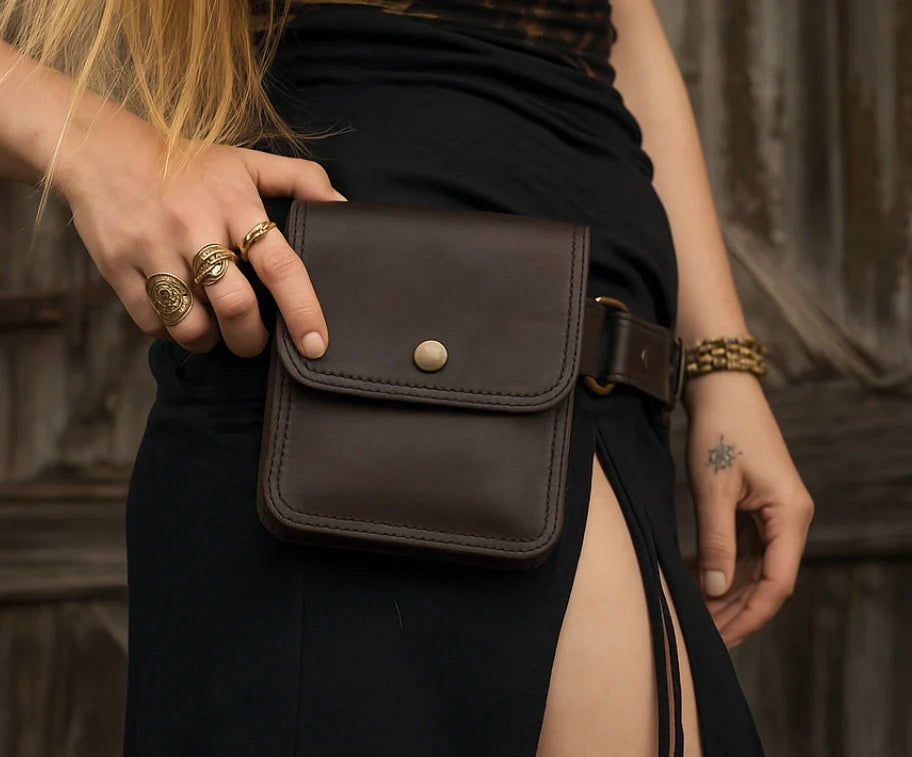The evolution of pockets in women’s fashion is not just about functionality but is deeply tied to the changing dynamics of society and gender roles. For centuries, pockets were exclusive to men’s clothing, where tailors began sewing them into coats and trousers to hold everyday essentials like coins, watches, and handkerchiefs.
Pockets were practical and a symbol of convenience, yet women’s clothing remained absent of this useful feature. In the 18th and 19th centuries, this exclusion was rooted in the belief that adding pockets to women’s garments would detract from their delicate, ornamental aesthetic. During the Victorian era, dresses were often designed with layers of fabric that prioritized beauty over practicality, making the inclusion of pockets an unnecessary indulgence. However, women, who also needed to carry personal items, resorted to clever workarounds like hidden pockets, concealed bags, or tying small purses to their waists. Despite this, their fight for functionality in fashion remained stifled. As social and political movements began to gain momentum, pockets became a symbol of autonomy.
The suffragists and revolutionaries of the early 20th century championed the need for pockets as part of their fight for freedom, autonomy, and equality. Today, the lack of practical pockets in women’s clothing may seem trivial, but it remains a historical reminder of the larger fight for women’s rights and equality. With more designers embracing functional fashion, the evolution of pockets from a hidden feature to an essential part of women’s clothing represents a significant shift toward equality in fashion.







